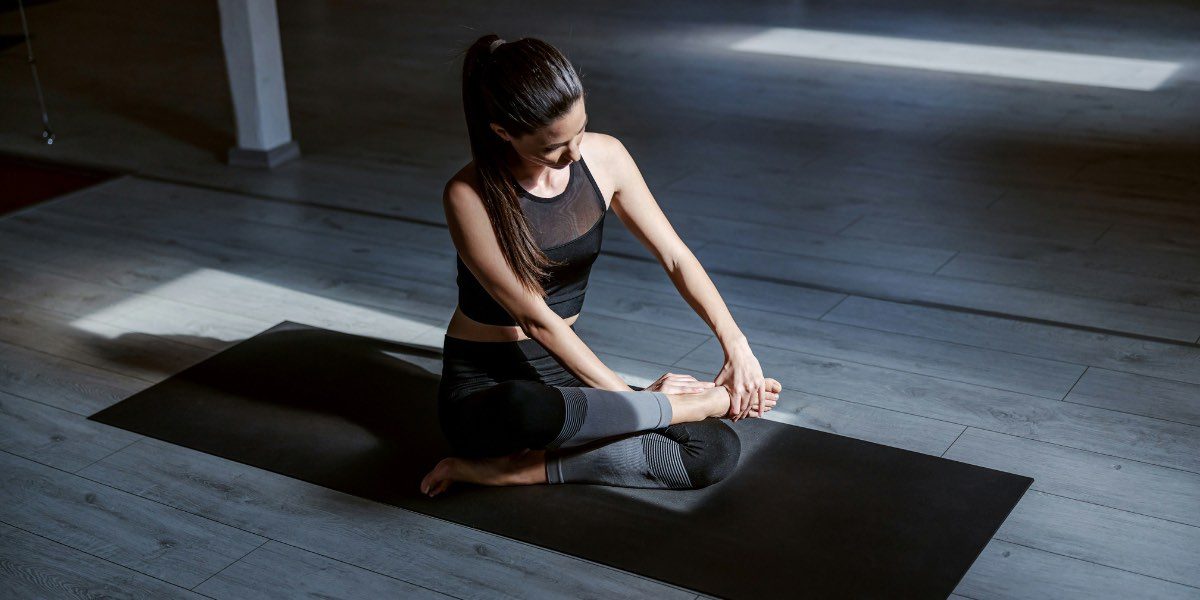In recent years, the fusion of mindfulness and fitness has gained significant popularity as individuals seek to improve not only their physical health but also their mental well-being. Practices like yoga, meditation, and stretching are becoming integral parts of fitness routines, offering more than just physical benefits. By incorporating mindfulness into your exercise routine, you can experience improved focus, reduced stress, and a deeper connection between your body and mind. But how exactly can mindfulness enhance your fitness routine, and what are the best practices to incorporate into your workouts?
How Does Mindfulness Benefit Your Physical Fitness?
At its core, mindfulness is about being present and fully engaged in the current moment, without judgment. When applied to fitness, mindfulness encourages individuals to focus on their movements, breathing, and sensations within their body during exercise. This heightened awareness can lead to several physical benefits.
One of the primary advantages of combining mindfulness with exercise is the improvement of body awareness. Mindfulness encourages you to pay attention to your posture, alignment, and muscle engagement during each movement. Whether you’re practicing yoga, pilates, or stretching, mindfulness allows you to feel each stretch or contraction, ensuring that you’re performing exercises with proper form and technique. This can reduce the risk of injury, particularly when it comes to dynamic movements or challenging poses.
Moreover, the integration of mindfulness can improve your breathing patterns during exercise. In mindfulness-based fitness practices, controlled breathing is often emphasized to promote relaxation and enhance performance. Proper breathing helps oxygenate the muscles, increases endurance, and aids in better performance during more strenuous activities. For example, in yoga, the focus on synchronized breathing helps participants move through poses with ease and grace, promoting a sense of calm and improving flexibility and strength.
Mindfulness also helps individuals manage stress and anxiety. Physical exercise naturally releases endorphins, which help elevate mood and reduce stress. When paired with mindfulness, these effects are amplified. Focusing on your breath and body during a workout allows you to shut out distractions and mental chatter, enabling you to be more present in the moment. This mindfulness practice can help clear your mind, reduce anxiety, and leave you feeling more balanced and relaxed after your workout.
What Are the Benefits of Incorporating Yoga and Stretching into Your Routine?
Yoga is one of the most popular practices that combines mindfulness with physical fitness. It blends breath control, meditation, and physical postures to create a holistic workout that benefits both the body and mind. Many people find that yoga enhances their flexibility, strength, and mental focus, offering a well-rounded approach to fitness.
One of the primary benefits of yoga is its ability to improve flexibility. The slow, deliberate movements of yoga poses stretch the muscles and increase range of motion, which can reduce stiffness and improve posture. This makes yoga an excellent practice for people who spend long hours sitting at desks or engaging in activities that lead to muscle tightness, such as running or weightlifting.
Yoga is also known for its emphasis on balance and core strength. Many yoga poses require you to engage your core muscles for stability, which helps tone the abdomen and back while improving overall body strength. The combination of static holds and flowing movements in yoga offers a full-body workout that can be both challenging and restorative.
Stretching, as part of a broader fitness routine, is another excellent way to incorporate mindfulness. Stretching allows for greater muscle relaxation and flexibility, and when practiced mindfully, it can help release tension stored in the body. Many people hold stress in their muscles, especially in areas like the shoulders, neck, and lower back. By using mindfulness techniques during stretching, you can release this built-up tension, leading to better mobility and overall comfort.
Both yoga and stretching can enhance joint health by improving circulation and flexibility. This is particularly beneficial as you age, helping to maintain joint function and reduce the risk of injury. Stretching also aids in post-workout recovery, reducing soreness and improving muscle elasticity, which ultimately supports a more consistent and effective fitness routine.
How Can Mindfulness and Fitness Enhance Mental Well-being?
The benefits of mindfulness in fitness go beyond physical health; it also has profound effects on mental well-being. When you combine mindfulness with exercise, you not only improve your body but also your emotional and psychological state. In today’s fast-paced world, people often struggle to make time for relaxation and self-care, but mindfulness practices during exercise provide an opportunity to slow down, reduce stress, and reconnect with oneself.
One of the key benefits is the improvement in mental clarity and focus. Engaging in mindful movement allows individuals to quiet their minds, creating a break from the constant stream of thoughts and distractions that often cause stress. The focus on breathing and body awareness helps individuals achieve a state of flow, where they are deeply immersed in the present moment. This increased focus can lead to greater productivity, better decision-making, and an overall sense of calm and balance in daily life.
Moreover, mindfulness during exercise can promote a positive relationship with your body. By tuning into physical sensations and focusing on self-care, mindfulness helps foster self-acceptance and gratitude for what the body can do. This mental shift encourages a healthier perspective on fitness, moving away from external goals like weight loss and towards a more holistic approach to health and well-being.
Mindfulness practices like yoga and stretching also provide a sense of community and belonging when done in group settings. Participating in group fitness classes where mindfulness is integrated fosters connection with others, creating a sense of camaraderie and support. This social element can improve motivation, enhance the enjoyment of workouts, and further reduce feelings of isolation or stress.















